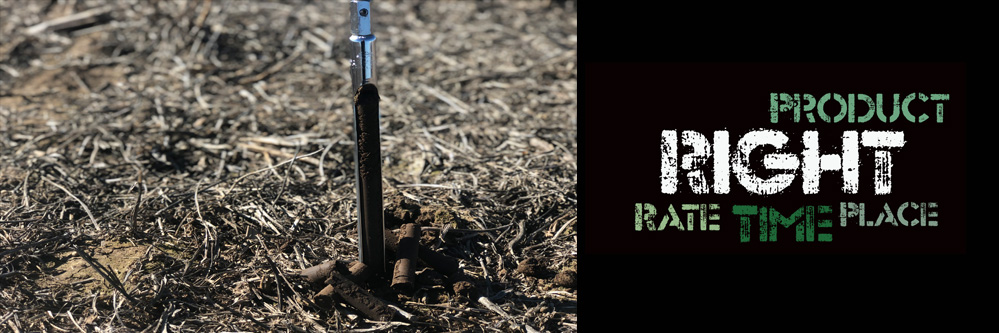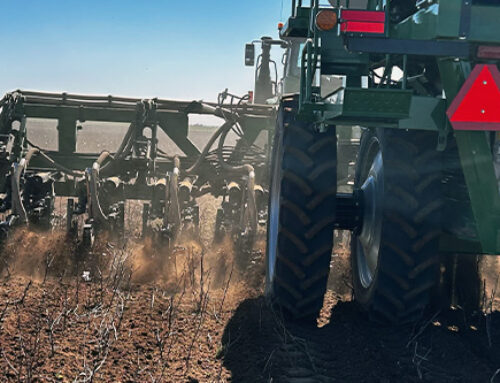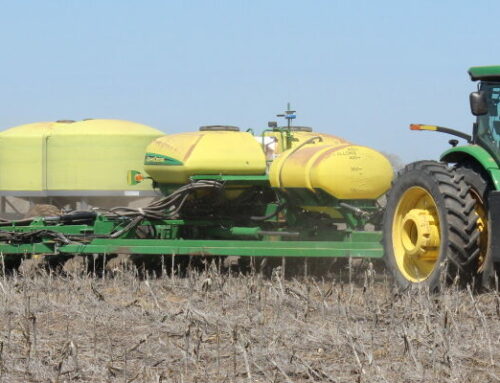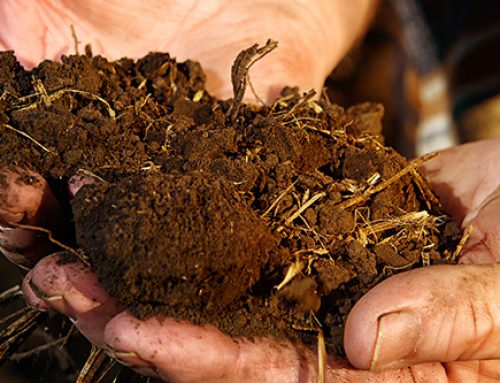The availability and the price of fertilizer have been going in opposite directions – and not in the direction we would like to see. We are dealing with inflation and supply chain disruptions that are unprecedented – with no apparent plan to alleviate the problems.
Producers have clamored to get fertilizer applied this past fall before even higher prices hit in the upcoming year. So, in this climate, how do we justify applying the nutrients we need, and what do we do if we see severe supply shortages.
Looking at the big picture, if the upcoming crop is not supplied with adequate nutrition, there is a good chance that average yields will go down. That could continue to buffer our higher commodity prices in a positive way. But we also run the risk of not being able to supply the pipeline with enough grain, which could in turn lead to even higher inflation.
Whether commodity prices are high or low, whether input costs are high or low, it is important to produce higher yields. But we must take into account Return on Investment (ROI). There are some things we can do to make the best use of our fertilizer dollars.
This starts with soil testing. We can use the results to prioritize which nutrients and fields, or better yet, which portions of fields require more or less fertilizer. This would be a great time to ask your Agronomist about variably applying fertilizer using management zones. We have some excellent tools at our disposal to make sure nutrients are placed in the proper areas, and your fertilizer dollar is used efficiently. Utilizing grid samples and soil texture mapping are two economical tools that will help growers make better decisions to efficiently apply nutrients, seed and other crop inputs.
Fertilizer placement and timing are also key to effectively utilizing your fertilizer dollars. Applying the right amount in the right place at the right time should produce the highest potential ROI. We can split apply nitrogen, utilize a starter, band P and K with a strip till rig, apply nitrogen through the pivot, etc.
In times of higher fertilizer prices, if a grower has access to manure, this is a great way to ‘bank’ a rich supply of nutrients back into their ground. There are a lot of so called ‘miracle products’ pushed when fertilizer prices are high. Be careful about substituting those ‘miracle products’ for fertilizer. Many of these soil amendments are not necessarily what they say they are. If you are willing to spend money on these products, it may be best to utilize these dollars to just buy more fertilizer.
No one knows how long these high prices will last. What we do know is that bushels equate to dollars, and we are going to need to generate as many dollars as we can to weather this storm.
We do know what it takes to raise a good crop from the production side. Even with uncertain input prices and commodity prices, it is important that we continue to make good decisions that will ultimately benefit our bottom line. If you have any questions, call us at 620-225-2233, and we can connect you with your local Agronomist.
Article Written By: Dwight Koops





